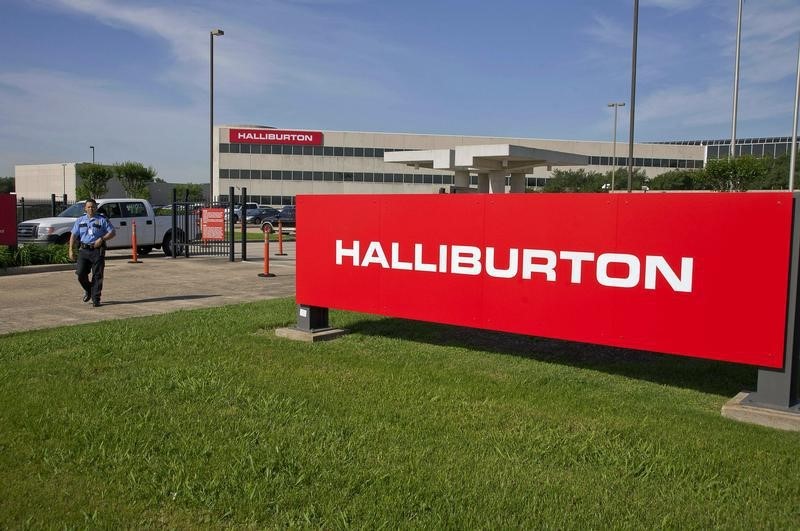Michigan survey ahead; Applied Digital surges; gold dips - what’s moving markets
Investing.com - Questions have been swirling around whether the largest U.S. providers of oil and gas equipment and services will slash their second-half financial outlooks, according to analysts at Citigroup (NYSE:C).
A move by Saudi Arabia to reduce drilling by potentially roughly 10%, a decline in deepwater activity, and a faster-than-expected drop in U.S. activity were all cited as trends that could place the guidances of SLB (NYSE:SLB), Baker Hughes (NASDAQ:BKR), and Halliburton (NYSE:HAL), the brokerage said.
The sector has been facing weak spending on oilfield activity, as well as potentially higher costs stemming from sweeping U.S. tariffs.
Against this backdrop, SLB has reportedly moved to reorganize some functions in its business and push to reduce headcount. It has also said it is working to optimize its supply chain and pass the impact of tariffs on to customers.
Baker Hughes, meanwhile, said earlier this month that it would seel 65% of its surface pressure control business to a division of equipment manufacturer Cactus (NYSE:WHD) for $344.5 million.
Halliburton also warned in April that its second-quarter earnings would be hit by lower oilfield activity and tariffs. Many customers have suggested that, should recently volatile oil prices dip below $65 a barrel, demand for the equipment and services offered by groups like Halliburton could weaken.
In a note, the Citi analysts outlined their predictions for each company heading into the final six months of 2025.
"Baker Hughes and SLB may still be comfortable with the low end of their second-half color, specifically Baker Hughes pointing to an International oilfield services and equipment drop of high single digits (previous was mid- to high- single digit drop) and SLB with limited growth in the second half versus the first half (previous was 0-5% growth)," the strategists wrote.
"Halliburton still appears set to gain share abroad but likely moves away from the flat to slightly down International color towards down modestly (we model 3%)," they added.
